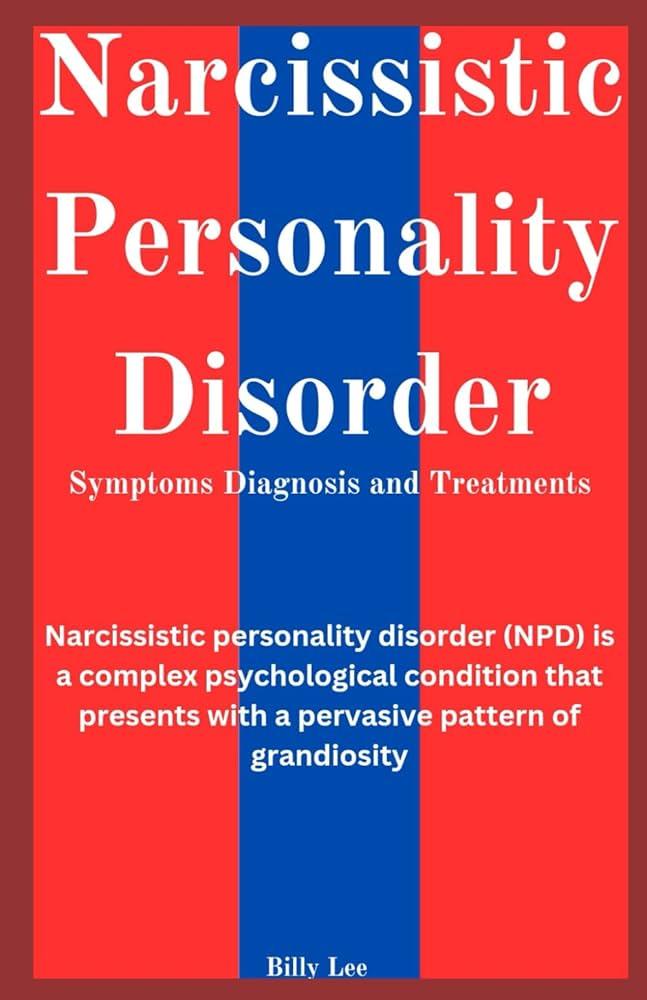Narcissistic Personality Disorder (NPD) is often characterized by an inflated sense of self-importance, but at the heart of this condition lies a more complex dynamic—grandiosity. Understanding grandiosity’s impact is crucial for anyone looking to grasp how NPD shapes thoughts, behaviors, and relationships. In this article, we’ll explore what grandiosity truly means within the context of narcissism, how it manifests, and the profound effects it has on individuals living with NPD as well as those around them. Whether you’re a mental health professional, a loved one, or simply curious, gaining insight into grandiosity can pave the way for deeper awareness and more effective support.
Table of Contents
- The Role of Grandiosity in Shaping Narcissistic Personality Disorder Traits
- Psychological and Social Effects of Grandiose Behaviors in Narcissistic Individuals
- Identifying Grandiosity Patterns for Accurate Diagnosis and Treatment Planning
- Effective Therapeutic Strategies to Address Grandiosity in Narcissistic Personality Disorder
- The Way Forward
The Role of Grandiosity in Shaping Narcissistic Personality Disorder Traits
At the core of narcissistic personality disorder (NPD) lies an inflated sense of self-importance, often referred to as grandiosity. This manifests as an exaggerated belief in one’s abilities and achievements, creating a façade of superiority that masks underlying vulnerabilities. Grandiosity doesn’t just fuel the individual’s self-image; it actively shapes how they interact with others, often leading to behaviors characterized by entitlement, a need for excessive admiration, and diminished empathy. The intensity of these traits can vary, but they consistently revolve around maintaining an idealized self-concept that, when threatened, may trigger defensive or aggressive reactions.
Importantly, grandiosity drives several hallmark features of NPD, such as:
- Exaggerated achievements: Displaying accomplishments that may be inflated or fabricated to impress others.
- Dominance in social interactions: Seeking to control conversations or situations to reinforce their perceived superiority.
- Lack of genuine empathy: Difficulty recognizing or valuing the feelings and perspectives of others due to self-centered focus.
- Resistance to criticism: Responding defensively or with hostility to feedback that threatens their grandiose self-image.
Understanding this dynamic is crucial for both clinicians and loved ones, as it highlights the challenges in addressing NPD and the importance of compassionate, tailored therapeutic approaches.
Psychological and Social Effects of Grandiose Behaviors in Narcissistic Individuals
Identifying Grandiosity Patterns for Accurate Diagnosis and Treatment Planning
Recognizing patterns of grandiosity is a critical step in tailoring effective treatment plans for individuals with narcissistic personality disorder. These patterns often manifest through an inflated sense of self-importance, persistent fantasies of unlimited success or power, and an exaggerated belief in one’s unique status. Clinicians must look beyond surface-level arrogance to identify the subtle nuances—such as defensive behaviors masking deep-seated vulnerability or chronic needs for admiration that perpetuate the cycle of grandiosity. This requires a comprehensive assessment approach, integrating clinical interviews with validated psychometric tools to differentiate between adaptive confidence and pathological grandiosity.
Accurate diagnosis is further enhanced by observing how grandiosity impacts interpersonal relationships and emotional regulation. Common indicators include:
- Disproportionate reactions to perceived criticism, often triggering rage or withdrawal.
- Patterns of entitlement and exploitative behavior that strain personal and professional bonds.
- An underlying fragility masked by external bravado, which complicates emotional stability.
By carefully mapping these patterns, mental health professionals can design targeted interventions that address both the overt and covert elements of grandiosity, promoting healthier self-perceptions and more adaptive coping mechanisms.
Effective Therapeutic Strategies to Address Grandiosity in Narcissistic Personality Disorder
Addressing grandiosity within the context of narcissistic personality disorder requires a fine balance of empathy and firm therapeutic boundaries. One of the most effective approaches is schema therapy, which helps patients recognize and modify deeply ingrained patterns of self-importance and entitlement. By working collaboratively, therapists guide individuals to explore the vulnerabilities hidden beneath their grandiose exterior, allowing for increased self-awareness and emotional regulation. Techniques such as cognitive restructuring and experiential exercises provide a pathway to dismantle unrealistic self-perceptions and build healthier self-esteem grounded in reality.
Incorporating a variety of structured interventions enhances treatment outcomes significantly. Some essential components include:
- Motivational interviewing: Encourages patients to acknowledge the impact of their grandiosity on relationships and personal goals.
- Mindfulness practices: Help individuals develop present-moment awareness, reducing impulsivity and defensive reactions linked to fragile self-worth.
- Interpersonal therapy: Focuses on improving social skills and empathy, challenging distorted perceptions of superiority.
By integrating these strategies, therapists can foster a therapeutic alliance where patients gradually replace grandiose fantasies with authentic self-compassion and relational engagement.
The Way Forward
In conclusion, grasping the role of grandiosity in Narcissistic Personality Disorder is essential for both clinicians and those seeking to understand the complexities of this condition. By recognizing how grandiose behaviors and beliefs shape interpersonal dynamics and internal experiences, we can foster more effective approaches to treatment and support. While grandiosity may serve as a defense mechanism for individuals with NPD, addressing its underlying causes opens the door to meaningful change and healthier relationships. Continued research and compassionate dialogue remain key to dismantling stigma and advancing care for those affected by this challenging disorder.

